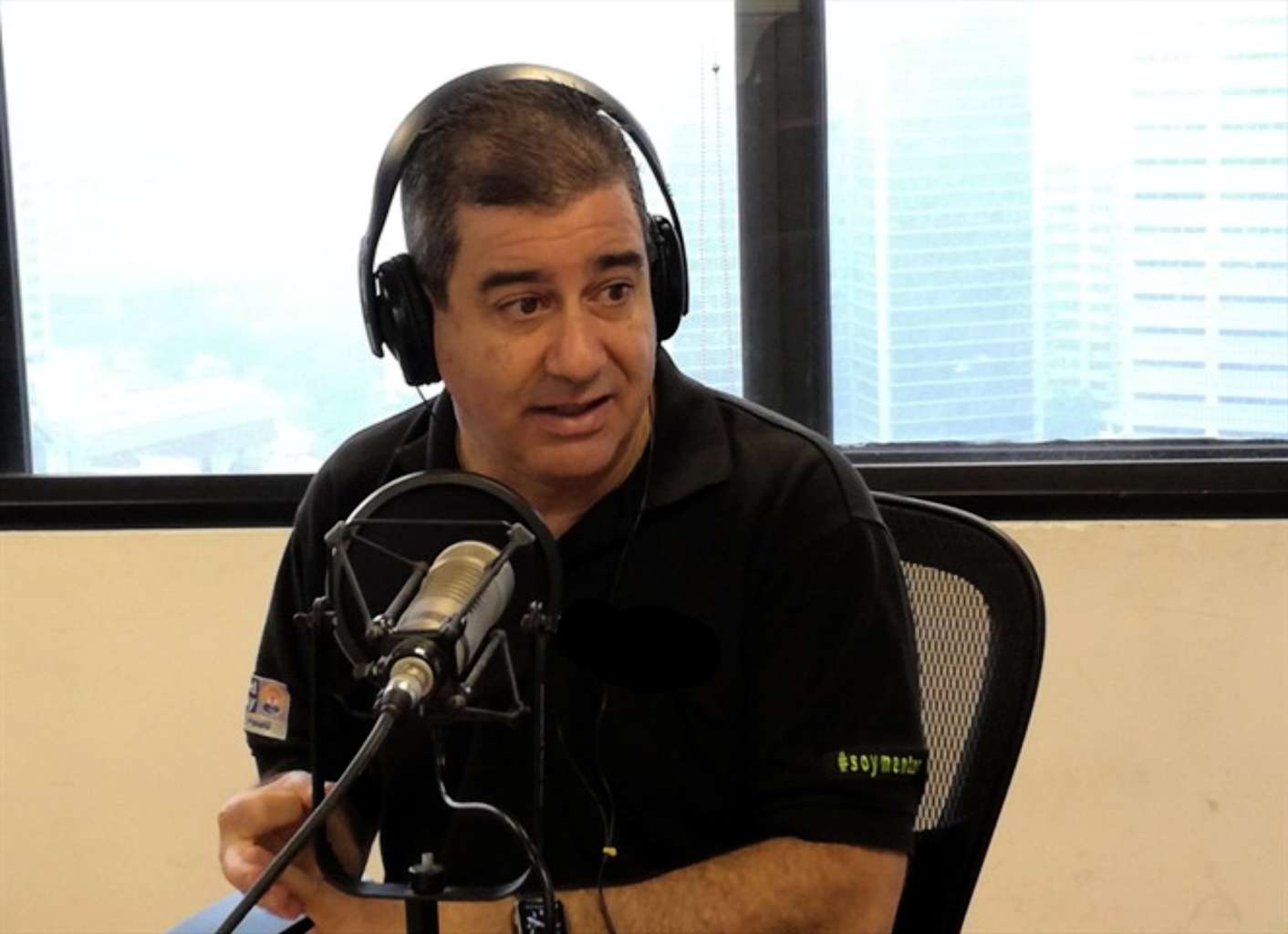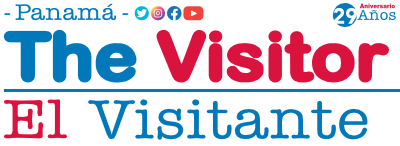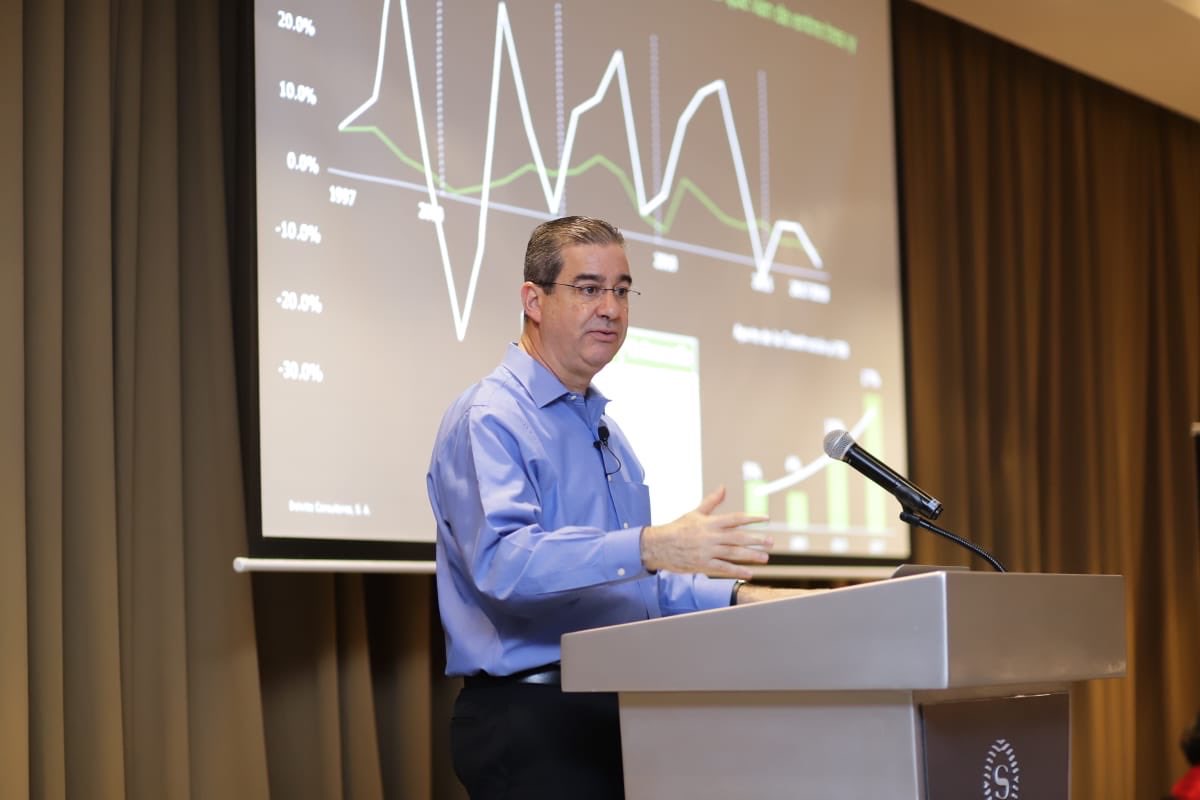The Panamanian tourism industry is experiencing sustained growth, trying to recover pre-pandemic numbers and bringing back foreign tourists. However, to take tourism to the highest levels of experience and sustainability, an economic strategy is required to sustain this ambitious plan. For this reason, our special guest is Domingo Latorraca, an economic analyst, former vice minister of national economy and partner of Elemente, a project that generates value for companies through analysis and innovation. His experience analyzing the economic pulse of the country enables him to focus on tourism in an exclusive interview for The Visitor – El Visitante that reviews the path taken by the tourism industry and what is required to achieve its full development.
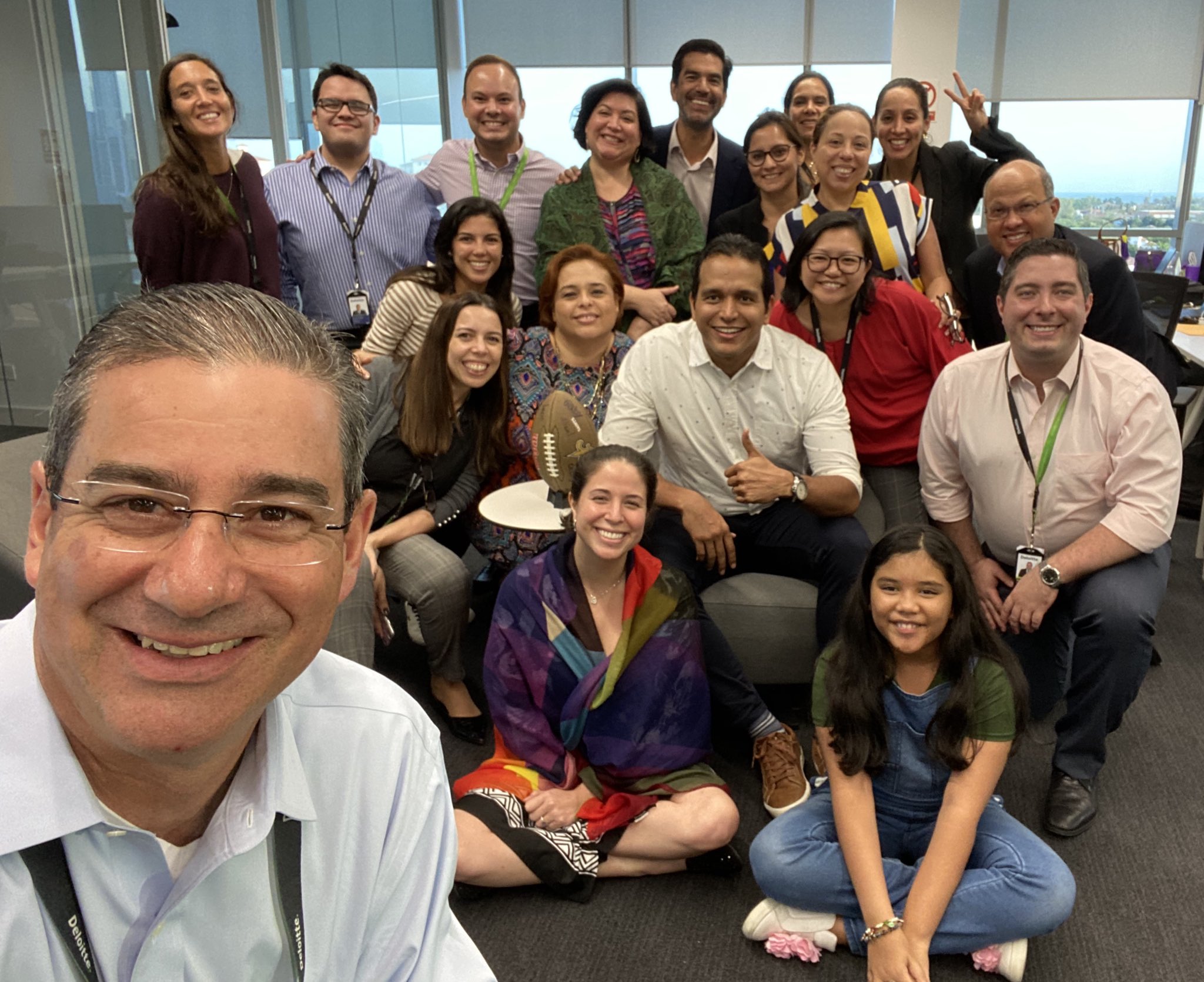
How is the tourism industry doing economically according to your criteria and analysis?
“The tourism industry data reflects a sustained recovery, relative to where we were in 2019. Globally, the tourism industry suffered a strong setback due to movement restrictions, which to date is still recovering. In the case of Panama, like other countries in the region, this recovery is strong and sustained.
At the end of 2023, the number of visitors entering Panama reached 2.5 Million, an increase of approximately 570, 000 visitors over the figures reached in 2022. All major ports of entry increased by double digits in percentage terms, including Tocumen International Airport which reached 1.8 Million visitors, an increase of 18%.
According to WWTCO, in 2023, Tourism contributed about USD11,800 Million to the Panamanian economy, 14% of the GDP, and generated about 400,000 jobs. Both figures exceed those achieved in 2019. As a reference, the global Tourism GDP in 2023 reached 9%. With an Economically Active Population (EAP) of 2.1 Million, the 400,000 jobs in Tourism represent 19% of the total jobs.”
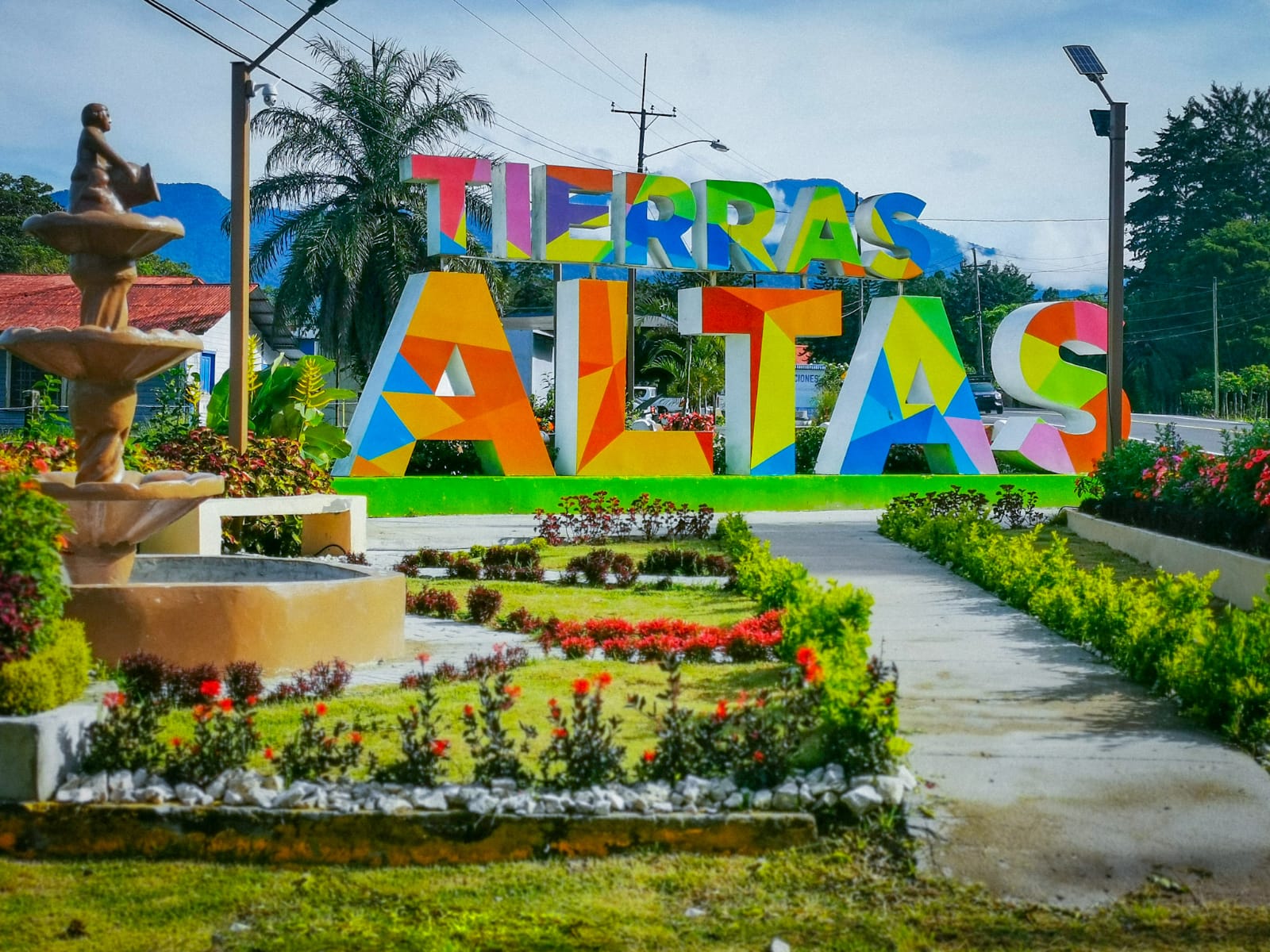
What can the country do to make tourism a real enhancer of the micro and small businesses?
“Panama has unique tourist attractions, and to take full advantage of them, including micro and small businesses, the country needs consistency in terms of public policies related to tourism. To the extent that the country has a clear regulatory framework that allows private companies, especially micro and small businesses, to work freely; this will enable the benefits of tourism to have a deeper impact in the country’s economic structure.”
There are always talks about how foreign tourism needs to grow. What do you suggest to ensure that the local tourism market is economically strengthened?
“Both local and foreign tourism are essential for comprehensive tourism development. To strengthen the local tourism market, it is important to clearly understand what the expectations of the local tourist are, their economic reality, and the times of local tourism. Likewise, the development and maintenance of an infrastructure that facilitates access to tourist spots in the country would facilitate tourism development—not only for locales but for all its development in general.”
What does the country need to attract foreign investment quickly in tourism, especially in the interior and Colon, which is where the vast majority of tourist experiences are located?
“Panama, in general, has stood out for being a safe port for Foreign Direct Investment; this, based on a series of characteristics, among which are: macroeconomic stability, a stable financial system and fully integrated into the international financial system, the dollarization of our economy, legal stability, and security in our territory. It is critical to reinforce these qualities to ensure that each potential investor who evaluates our country as a destination for their investment, concludes positively and invests with confidence in Panama.”
